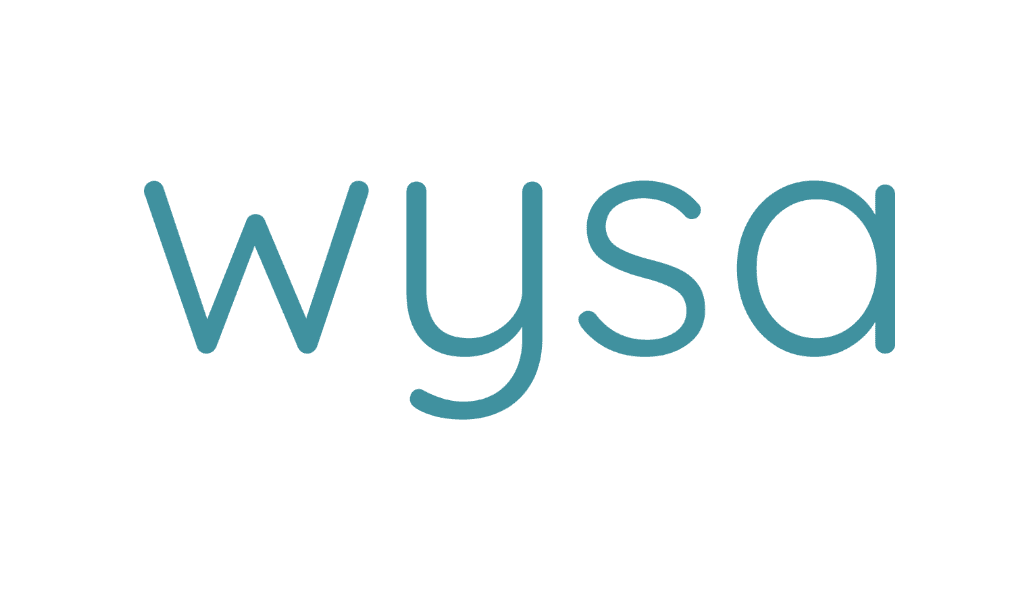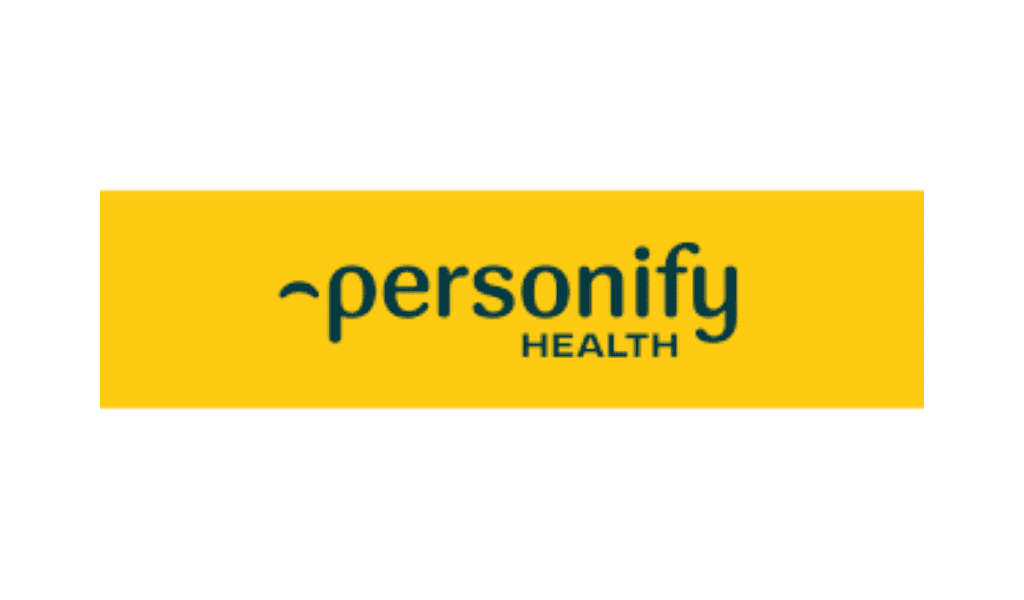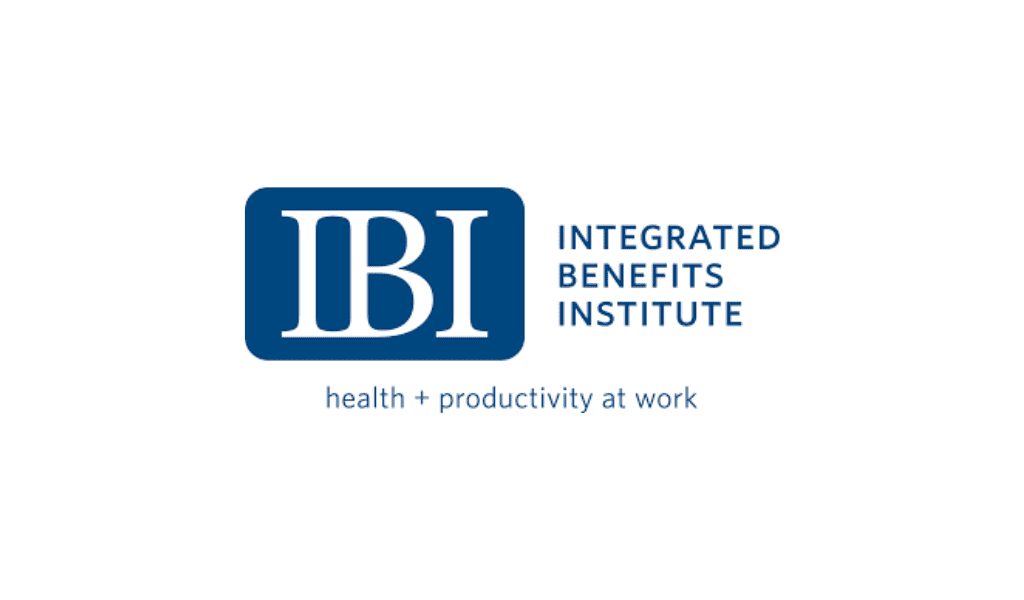Travel rewards could be the next big employee retention and engagement strategy for HR teams to explore.
By Jennifer Strauel
By the end of this year, more than a third of nurses could be leaving their jobs due to burnout and overwhelming stress, according to a survey from technology-based nursing hiring platform, Incredible Health. And inside the office, Gartner U.S. reports annual voluntary employee turnover will increase by 20% this year compared to before the pandemic, citing an increased desire for more hybrid or work-from-home opportunities.
From the hospital to the cubicle, employees are looking for a better work-life balance, and employers are seeking ways to retain and attract them through enhanced benefits that go beyond the traditional health and retirement savings plans. Some innovative ideas include mental health days, lifestyle spending accounts that can be used for fitness classes and sports leagues, free online education courses, nap pods and massage chairs at the office, free cafeteria meals, and more.
But there’s an underused benefit that uniquely meets the concerns of today’s workforce: travel. A program that assists and rewards employees with travel and discounts on vacations directly counters burnout. It also satisfies a need for hybrid workers looking for a better work-life balance, and for in-office workers looking for a change of scenery.
Particularly after a long two years of lockdowns, restrictions, and disruptions, employees are eager to travel. But as inflation continues to increase the price of gas and flights, some would-be travelers may begin to feel stuck again. An employer-sponsored travel benefits program, however, could help get employees out of their workspaces and into destinations that help them recharge and feel reinvigorated.
Travel helps people refuel and better their mental health, and employers are becoming more active in how they help staff tackle mental health through benefits. In the eyes of employees, a travel program can be another component to a company looking out for their mental stability. A Forrester study found that roughly eight in 10 employees would be more likely to stay at a company that provides resources to care for mental health.
Pandemic-weary employees are craving experiences, and a travel benefits program can help employees meet this desire head-on. The benefit can send a signal to employees that the company wants them to have fulfilling experiences away from the office.
How it Works
A travel benefits program encompasses travel discounts, deals, or trips that enrolled employees can book directly through a branded loyalty and reward program. An employer-sponsored travel program would offer employees deals like 50% off a hotel stay or a free suite upgrade that can’t be accessed via typical online travel agencies. It’s an exclusive offer to those enrolled in the benefits program.
Companies would work with a fulfillment and technology provider to manage the booking platform and travel inventory on the employer’s behalf. Employee travel rewards programs can even be customized to allow employers to create their own rewards-type currency and gift points and trips to employees as incentives or to celebrate a milestone.
Employee travel rewards programs can be structured and funded in a few different ways. One common setup has employees paying a small annual subscription fee via payroll deduction to the service provider (often after a free one-year trial subscription). In other circumstances, the employer can pay the annual fee and offer the benefit to employees free of charge.
Once enrolled, employees can earn credits (travel dollars) toward their travel program through activities such as new-hire referrals, outstanding performance, work anniversaries, and more. Additional reward points are earned for each travel purchase made through the platform. A travel-based employer loyalty and rewards program can also include a revenue-share program for employers based on net rate margins. For instance, a hotel may be offering 80% off a hotel room stay, and an employer could pass 60% of those savings to workers and generate revenue on the difference. A revenue share arrangement like this can help employers to fund the benefit cost, making this a low-cost high-value benefit.

The ultimate goal of a travel program is to give employers a way to attract top talent and retain workers. And travel benefit programs are not as widespread as more traditional perks and benefits, so companies will stand out by offering one.
Attraction and Retention
The ultimate goal of a travel program is to give employers a way to attract top talent and retain workers. And travel benefit programs are not as widespread as more traditional perks and benefits, so companies will stand out by offering one.
Consider the nurses looking to leave positions because of extreme stress from overloaded hospitals during the pandemic — a vacation could provide them instant relief. And hospitals can attract sought-after nurses by providing enough rewards points for nurses who become full-time employees to redeem a free trip to Hawaii or a free cruise, for example. The hospital can offer the same benefit to nurses who successfully refer candidates, incentivizing them to bring on quality staff.
Many employees or prospective employees are familiar with travel rewards through credit card programs, earning and redeeming points toward flights and trips, so a company-driven benefits program shouldn’t be intimidating or complicated. The intention is to alleviate stress, not add to it.
The travel benefits program is more than just a reward, too. A trip-based program is a way for an employer to recognize what employees are going through.
In a job seeker’s market that is putting work-life balance higher on the wish list than ever before, a travel-based benefit program can help employees unplug, explore, refresh, and feel seen by an employer. It’s a benefits program designed to meet the work-life balance that today’s workforce is demanding.
Jennifer Strauel is the chief people and diversity officer at arrivia.














